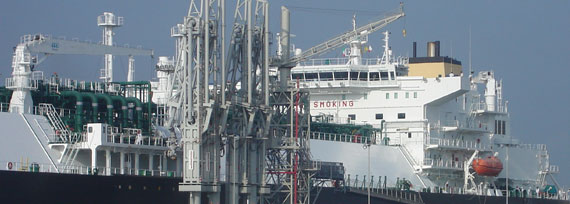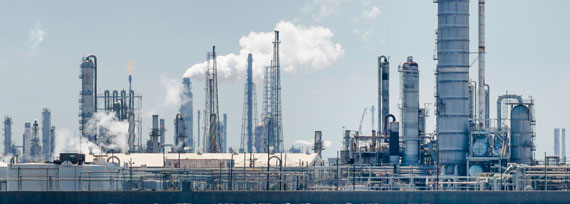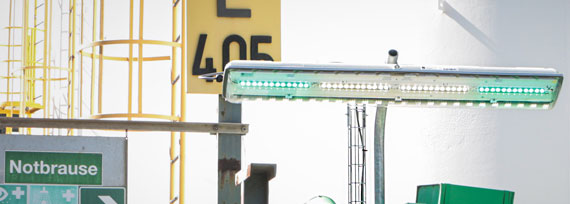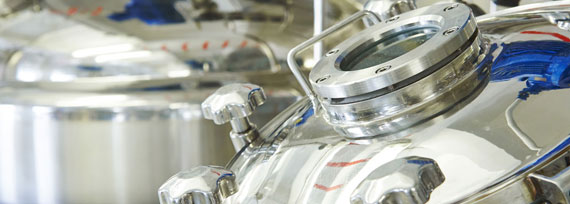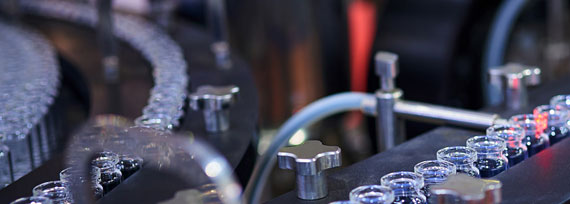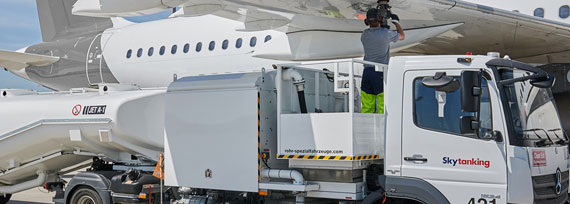Thanks to best expertise: Safe electrolysis
Hydrogen must be part of our future energy landscape and Green Hydrogen from Electrolysis of water will be a major part of this. However electrolysis capacity has to be dramatically increased before we reach that stage. For this scale-up to be a success, customised explosion protection solutions are required for the automation and electrical technology used in these applications. R. STAHL has developed such a solution for a major Electrolyser manufacturer.
Electrolysis
Without doubt there will be huge demand: By 2030, 10 million tonnes of hydrogen per year are set to be produced from renewable energy sources in the European Union alone according to the European Commission's REPowerEU plan. Almost all of the world's major industrialised countries have created their own hydrogen strategies. Electrolysers play a key role in these plans – they are used to produce green hydrogen from power sources (ideally renewable) and water. Although it is a hot topic at the moment, the actual capacity of currently installed hydrogen electrolysers still has a long way to go before it meets the anticipated demand: The current electrolysis capacity of around 0.2. gigawatts worldwide has to contend with a demand of 40 gigawatts by 2030. According to a study by Aurora Energy Research, this is even set to rise to 213 gigawatts by 2040.
Users of Hydrogen are found in many areas of the economy, mainly in segments which are hard to decarbonise without hydrogen, such as the steel and cement industry, as well as the chemical and petrochemical sector. However, hydrogen has been more than a mere raw material and energy-carrying gas for a long time now. As part of the balancing of the future energy system, Hydrogen can also be used as an energy storage medium for excess power produced by wind and solar sources.
Several electrolysis methods are available but the main ones include alkali and proton exchange membrane (PEM) methods. The crucial benefit of PEM is that this can be run at full-load operation within a matter of seconds and can be operated in a flexible way depending upon the power available at a given time – a characteristic that is becoming increasingly important given the highly fluctuating quantities of wind and solar power. With PEM, a special membrane allows positively charged hydrogen atoms (protons) to permeate. These are produced at the anode and pass through the membrane to the cathode. The protons collect electrodes at the cathode and combine to form hydrogen molecules. Any hydrogen leaking from the system can potentially form an extremely explosive mixture when it mixes with the ambient air.
Explosion protection in hydrogen systems
Hydrogen stands out from other combustible gases due to its very wide explosion range: Mixtures containing between 4 and 77 per cent by volume are explosive – and in hydrogen explosions, the flames spread very quickly. What's more, minimal energy is needed to ignite a mixture of hydrogen and air: At 20µJ, the ignition energy is lower than that of methane by a factor of 15. This is another reason why hydrogen is classified in the most hazardous ignition group (IIC). The fact that explosions involving hydrogen are relatively rare is in large part due to the considerable experience of using the gas that has been gained in the (petro)chemical industry. However, compliance with the relevant safety standards in explosion protection is an essential prerequisite, including IEC 60079 and IEC 80079, as well as the specific requirements for the construction and operation of electrolysis systems described in ISO 22734.
Alongside the system's leak-tightness (primary explosion protection), preventing ignition sources (secondary explosion protection) plays an important role. The zone classification resulting from the risk assessment is crucial here, with Zone 0 referring to areas in which explosive atmospheres are present for prolonged periods or occur frequently, in Zone 1 they occur during normal operation, while in Zone 2 they occur only rarely and if so only for brief periods.
PEM electrolysis for fertiliser production
Electrolysers need to be produced on a large scale in order for the ramp-up of the hydrogen economy to succeed. Manufacturers use a modular design and achieve huge capacity through connecting individual stack modules. In a recent project for creating Hydrogen for fertiliser production, R. STAHL discussed with the OEM customer the requirements for their application where the customer had determined that Zone 2 equipment was necessary.
With an electrolysis capacity of 24 megawatts, which is based upon 12 electrolysis stack modules of 2MW each. When running the system will supply enough green hydrogen for the production of 20,500 tonnes of ammonia per year. In turn, these will be used to produce around 80,000 tonnes of environmentally friendly fertiliser. Compared to conventional production based on natural gas, the new method reduces carbon dioxide emissions by around 41,000 tonnes per year.
Due to the high concentration of hydrogen in the electrolysis systems, the immediate vicinity around the system is classified as Ex Zone 2 IIC T1: Explosive atmospheres can develop rarely and briefly, and due to hydrogen's explosive characteristics, it is categorised in the highest gas group (IIC) and the maximum permissible surface temperature is only 450 °C according to T1. The technology and equipment used in hazardous areas therefore must have a safe design.
In terms of the electrical equipment, particular focus was on developing a solution that perfectly suited the customer’s requirement but was as easy as possible to scale and is as compact as possible due to the limited space available. At the same time, this solution has to ensure completely safe operation and reliable signal transmission and electrical connections throughout the whole life cycle of the system. For example, it has to be ensured that the sensors installed in the system reliably send their information to the control system, which is located in a non-hazardous area. The monitoring of the direct voltage required for electrolysis is especially important – this is one of the system manufacturer's numerous special requests which required special understanding and close attention on the part of the project stakeholders at R. STAHL.
Custom configurations of standard components
This problem was solved through measures such as the use of ISpac isolators which act as a "safety barrier" between the electronic signals on the control system side and the intrinsically safe (Ex i) signals on the sensor side, galvanically separating these from each other. All of the electrolyser's power cables and control lines run together into terminal boxes. This specific project uses almost 100 Ex e terminal boxes from Series 8150, which are made from stainless steel and are extremely robust. Designed with IP 66 degree of protection, the dust-tight enclosures even withstand powerful jets of water. The silicone seal used in the enclosure cover is suitable for extreme temperature ranges.
The fact that R. STAHL can supply additional materials for use in hazardous areas, alongside these core components – including remote I/O devices, uninterruptible power supply (UPS) and lighting equipment – was also a factor for the customer when choosing a partner for explosion protected equipment. Since electrolysis projects also depend on the ability to deliver and the delivery speed, the creation of customised solutions using standard components is important. Furthermore it was important for the customer that R. STAHL had the ability to make these customized solutions standardized and this has allowed them to create part numbers on their system to order when they need them. Otherwise, the solution would have to be certified for use in hazardous areas, which is a time-consuming, costly and complex process. R. STAHL boasts a wide range of devices and solutions which are also certified for use in hydrogen applications, meaning that there are no barriers to further developing customised solutions for future hydrogen electrolyser designs.




